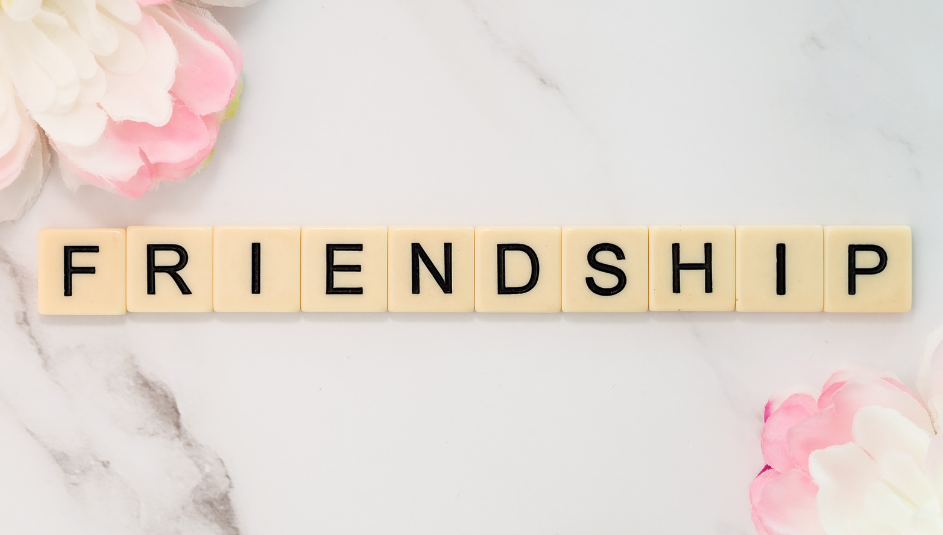The key component to having great relationships is the art of positive communication. Even though you may think you are good at communication there is always room for improvement! Did you know that the most important element in communication is not talking but listening? Have you master the art of conflict resolution? Did you know that improving your relationship with your partner or others starts with changing yourself not them?
Blogging is about keeping it simple right:) So here are 4 of the most effective proven strategies for improving communication and reducing conflict in couple relationships, with children, co-workers and others plus a few other helpful tips.
- Use reflective listening: Interesting how listening to what the other person is saying and letting them know what you heard is #1. When someone is speaking most people are thinking more about what they want to hear or want to say then listening to what the other person is saying. On the other hand not everyone says what they mean and means what they are saying. This is the prefect catalysis for hurt feeling, misunderstandings and conflict in any relationship. Often further clarification and the use of reflective listening skills is need for both the speaker and the listener to establish a positive verbal exchange. Reflective listening is: letting the other person speak and then repeat back to them “I heard you say…”then the other person can agree that is what they said /meant or it will help them see that they need to re-word, shorten what they said or further clarify…when they do repeat back again what you hear them say if they agree this leads into Step 2.
- Validate the other persons feelings: This takes some discipline not to go immediately into “about you mode” or a defense mode…If you can understand any part of what they have said then let the other person know how you understand how they think or feel that way because…” This is also tough as this may require some admission on your part and to validate the other persons thoughts and feelings before you make it about you or defend/explain yourself. This will help keep them out of a defensive mode and reduce an escalation of negative feelings, confusion and conflict. When either person becomes consumed with defending themselves their world becomes so small no one is allowed in.
- State your intentions: After validating the other person then state your intentions based on what you both agreed that the other said and you heard. “my intentions is for you, or us, or this situation …..” here is where you must be honest and speak your truth. Don’t assume that the other person knows your good intentions. If that satisfies the other person and they feel validated and let you know what they heard, they validate you and you both agree then your good! If the subject at hand needs further discussion, agreement or resolution to a conflict you will need to move into step 4.
- Problem Solving: This is where you ask the other person what can I do differently to convey my intentions to you? Ask for behavior specific request so they can observe and measure what they are asking you to do. You may also want to ask them what they are willing to do to help resolve the conflict. Then ask them may I give you some behavior specific request? Don’t forget to reinforce these new positive behaviors with letting the other person know that you notice and appreciate what they are doing which will encourage them to continue their new positive behavior and model to them how to validate and encourage you with your new behaviors.
A few additional Tips:
- Avoid the blame game: Change your criticisms into request.
- Stop “Mind-Reading” and Assuming: Exchange minding reading which is another word for assuming for asking then using the 4 Effective Steps in communicating. What is the saying for assuming “it makes an ass out of me and you” We do not really know how someone thinks or feels unless we ask and they do not know with us unless we tell them.
- Admit your Faults: Oh, this is a tough one for most of us! Admit your shortcomings and how you are contributing to the miss-communication, frustration or conflict. Hopefully, the other person will be prompted to do the same and then you can both agree to do what it will take to improve the relationship or situation. If not you may need to ask them to take some time to think about how they are contributing to the conflict and what they need to improve. Ask them how long they need to think about this and set up a specific time to resume the conversation so that you both problem solve from there and move forward in a positive direction.
- Conflict resolution Busters: If you and the other person are having difficulty agreeing on a resolution to the conflict you may need to both agree to disagree and accept that stance on the subject. If that is not acceptable or doable look for a “3rd ” option. Brainstorm for an option which is other than your way or the other persons way that can be discussed that you can both agree on to resolve the conflict.
- Change yourself, not your partner: It is a fact they we can not change anyone but ourselves but it is also a fact that most often when we grow personally and start make positive change in our life and when we use positive communication skills with others we start getting the positive results we are seeking.
Question: What areas of your life do you need to upgrade or tweak?
You don’t know? Have thoughts but not clear on what that would be and how you would make that change? If you need a support person….someone to help you gain clarity, set new goals, be accountable too and help you to stay focused as you progress in making lasting positive change. You need a Life Coach!
Remember: This is the first day of the rest of your life and you can start right now to choose a better self and a great life!



